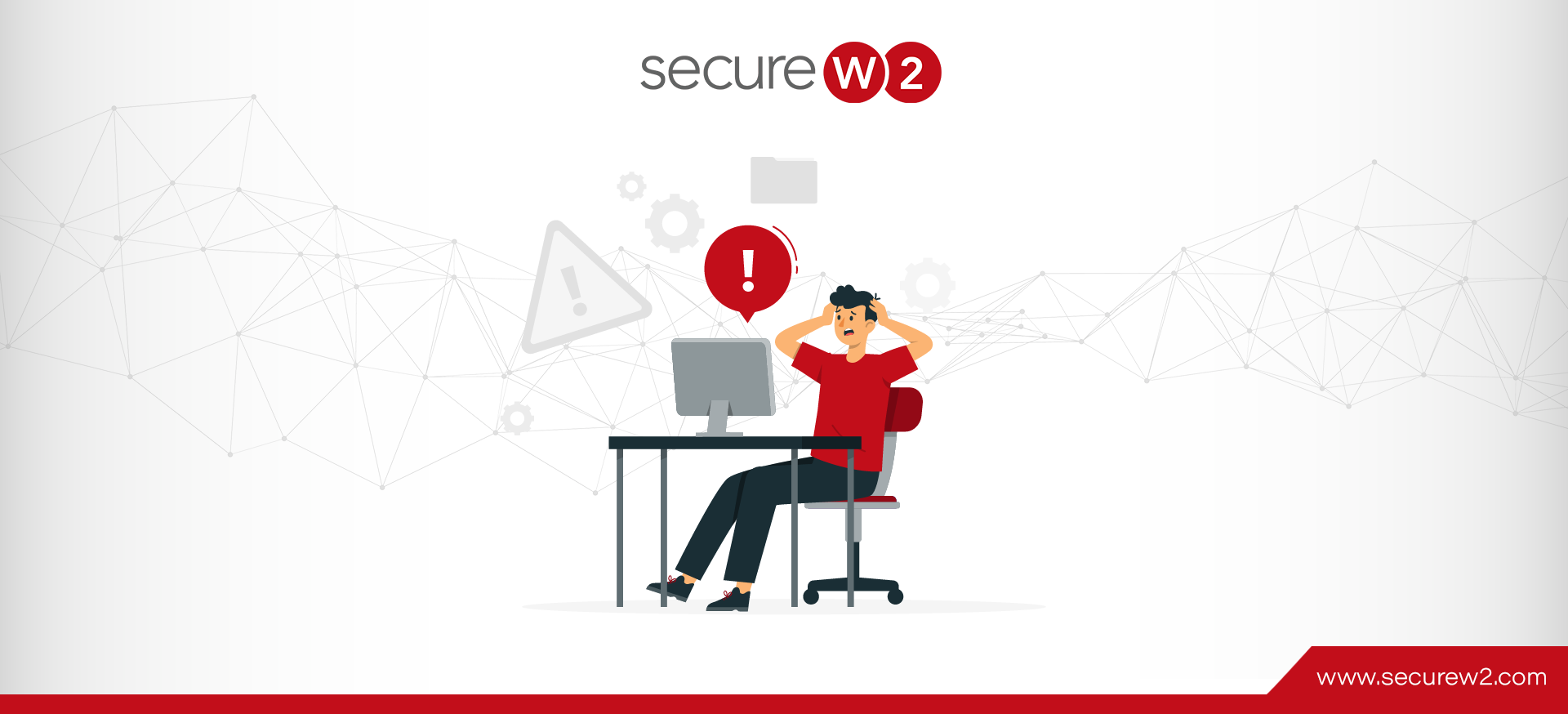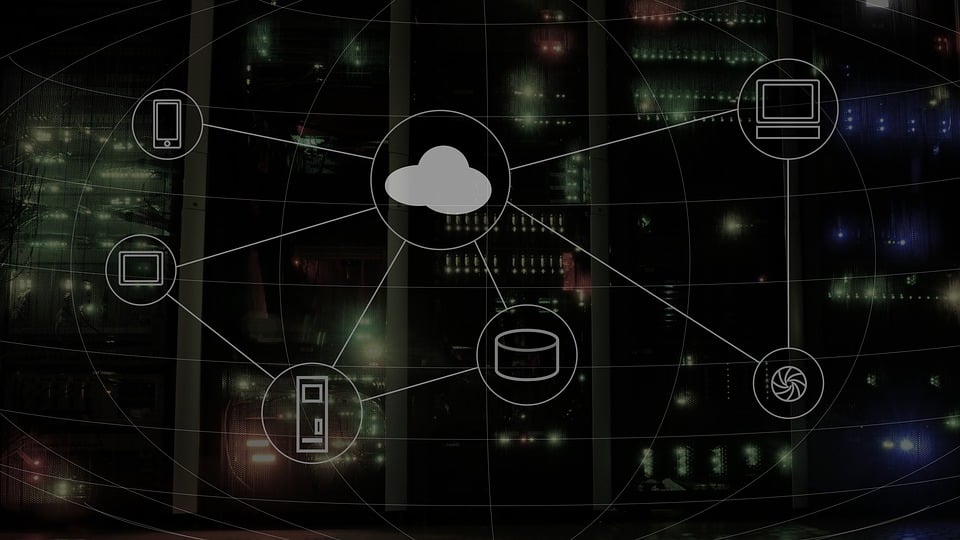Cybersecurity professionals are highly sought-after individuals that add an immense amount of value to an organization, but that value can be difficult to pin down in terms of dollars. As a result, they tend to be under-represented within some organizations.
This and many other contributing factors have led to a widespread epidemic of burnout within the cybersecurity field. More so than in other fields, cybersecurity professionals experience excessive levels of stress and pressure that have prompted high turnover rates across the industry.
There is so much more that an organization can do to retain these specialized and valuable individuals that are on the front line against constant cyber-attacks.
What’s the State of the Cybersecurity Industry?
Cybersecurity professionals are dedicated individuals that often have many years of experience under their belt. But many feel sour about their career and seek change. A study of cybersecurity decision makers by Symantec found that 64% have considered quitting their job and 63% have thought of leaving the industry entirely.
These sentiments are industry-wide and have a significant ripple effect on the overall health of an organization. The (ISC)² Cybersecurity Workforce Study found 60% of global organizations reported their company is at moderate to extreme risk of cyber-attacks due to a shortage of cybersecurity skills. Without proper skills and manpower to combat the constant threat of cyber-attacks, many organizations are prime targets of outside actors looking to exploit their resources.
Causes of Cybersecurity Burnout
Overworking
The same Symantec study mentioned above also reported that 37% of cybersecurity professionals’ teams “simply could not manage the scale of the current workload”. Their teams must wear so many different hats that it’s nearly impossible to keep up.
There are the everyday tasks, such as updates, alerts, and support tickets, that must be constantly addressed to keep the organization’s systems running smoothly. On top of that, they must be ready to respond at a moment’s notice to any possible cyber-attack, and there are endless methods for attacking a secure network. Then there is improving their own skills and cybersecurity knowledge to stay current in the ever-changing technology environment.
Lastly, they must keep tabs on the entire organization and ensure that everyone follows security best practices. From day-to-day network use to updating for new projects, IT is responsible for the network’s health and guaranteeing it will always be accessible and protected.
Overall, the demands made of cybersecurity professionals are high, and with increasing rates of turnover, the responsibilities only become more overwhelming over time.
Widening Skill Gap
At its core, cybersecurity is a constant battle between defenders and attackers, and the attackers seem to have the upper hand. The ISSA ESG Survey 2018 found 94% of cybersecurity professionals believe the balance of power is tipped towards the cybercriminals.
How cybercriminals operate has changed dramatically over the last decade and is becoming more potent every day. Many hacking groups now have huge resource backers and support systems. With the value of data always on the rise, organized crime groups and state-sponsored hacking have become all too common.
The Symantec study found 46% of cybersecurity professionals and their teams are too busy to keep up with necessary skill development, and 45% say technological change is happening too quickly for them to adapt. New attack methods are constantly researched and discovered, so it can almost seem futile to defend against. Without proper support, it can seem as if your cybersecurity team is David facing hundreds of Goliaths.
Volume of Cyber-Attacks
Beyond the threat of a cyber-attack, the sheer volume of attacks that are attempted is enough to intimidate anyone. An average company can face potentially hundreds of intrusion attempts per day. While the vast majority are easily swept aside by the system’s cybersecurity, one slip-up can lead to disaster.
The ISSA ESG Survey discovered that 48% of respondents experienced at least one major security incident in the past year. The incidents cause disruptions of normal business operations, corruption and exposure of sensitive data, and severe loss in productivity. There is so much riding on your cybersecurity team operating at perfection levels, and this stress can clearly be seen as a cause of career burnout.
Ill-Defined Career Path
A common sentiment within the cybersecurity industry is the lack of a well-defined path in their field. Due to high levels of turnover, many newcomers want for proper mentors and fail to map their future in the industry. Their department is often more separated from the rest of the organization than others, and this isolation and the disproportionate impact of minor mistakes can fester into a toxic environment.
Overall, many cybersecurity professionals’ outlook can be summed up as struggling to meet perfectionist expectations. When keeping pace with daily responsibilities and changes in the industry, getting ahead of attackers can be seen as near impossible.
How to Reduce Cybersecurity Burnout
Improve Working Conditions
Focusing on employee well-being and improving work conditions should be an easy-to-reach goal. Methods to reduce stress like offering increased paid time off, flexible work from home schedules, and employee wellness programs that encourage exercise and healthy diet habits are excellent measures to introduce. Allowing employees to refresh and de-stress allows them to focus and maintain a positive headspace.
Additionally, a key improvement to your cybersecurity department is to appoint multiple security leaders to divide and conquer different tasks. By spreading the leadership responsibilities among multiple people, incidents and tasks appear more manageable. It also makes the entire department less reliant on a single person.
Align Business and Cybersecurity Goals
A common feeling many cybersecurity professionals have is one of separation from the normal business operations. It’s as if they are firefighters within the company, only called upon to deal with a threat or attack. Instead, they should be integrated into the goals of the entire organization.
Adding your cybersecurity team to various strategic teams and encouraging their input will align the goals of cybersecurity and the business as a whole. Reaffirming their role as an integral part of the organization will demonstrate the value created by the cybersecurity team and ultimately lead to a better-protected organization.
Reduce Complexity
To show the most support your cybersecurity team and improve their ability to perform their duties, invest in making their job easier using a myriad of methods. Utilize cloud-delivered security, increase automation when available, and use managed services to make the network less reliant on the efforts of IT. Additionally, outsourcing certain operations to trustworthy 3rd parties can further lighten the workload.
SecureW2 is dedicated to simplifying the work of IT and ensuring best-in-class network security. We provide cloud-based RADIUS and PKI services so your organization can utilize impenetrable certificate-based authentication security. Our certificate solutions are vendor-neutral and require no forklift upgrades to implement.
The JoinNow onboarding solution is designed to maximize the user experience of both cybersecurity professionals and end users. It can be set up and configured in hours instead of days and have your network ready to enroll users for certificates with ease. From the end user perspective, self-configuring for WPA2-Enterprise with EAP-TLS authentication could not be easier; end users merely complete a few basic steps and are enrolled with a certificate for life. Eliminate the risk of credential theft and the enormous liability it poses to your network’s security.
Once users are enrolled for a certificate, the lifetime of the certificate is set by the organization. While password reset policies require reconnection in a few months, certificate lifetimes can be set for years and significantly reduce the number of support tickets IT must contend with. Additionally, SecureW2’s management software allows for remote diagnosis of connection issues and further reduces the number of support tickets filed with IT.
Providing the support and tools that cybersecurity needs can be the difference between an organization plagued by cyber-attacks and one that operates smoothly. The skills and resources of cybercriminals are seemingly infinite, and the threat they pose must be treated seriously.
Any organization, whether small or large, has valuable data that is attractive to data thieves. Ensure your front-line cybersecurity defenders are properly equipped to face the challenges. Check out SecureW2’s pricing page to see if our affordable and effective solutions could fit your organization.


